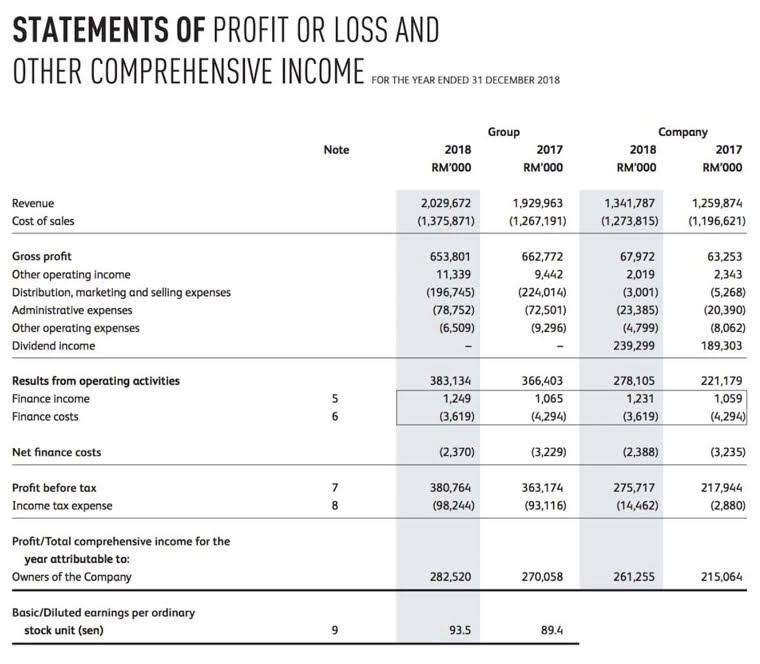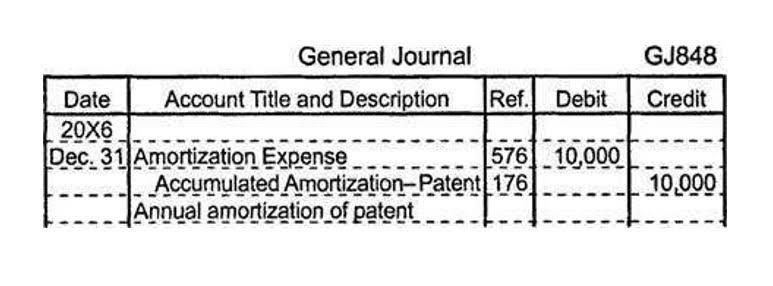
If approval of the order is defeated in any district included in the proposed centralization, the new district is not created, and the question may not be voted upon again for one year. Each of the five reorganization procedures is limited in its application to one or more of the specific organizational types of school district, e.g., common, union free, central, etc. After proceeding to payment, the invoice must get approval from the company’s relevant authority. This ensures the company grounds itself legitimate for payments, not reimbursing unauthorized or erroneous charges. The company checks all the information to ensure it matches the purchase order, delivery receipt, and other documents before verifying the invoice for payment. Detailed verification of the receipt provides the available goods or services as stated.

Receive the vendor invoices
- Accounts payable are obligations that must be paid off within a given period to avoid default.
- This helps you identify system bottlenecks and streamline handoffs, which results in improving your liquidity management.
- They ensure timely payments, maintain compliance standards, and optimize workflows while implementing strategic improvements to AP processes.
- Most were common school districts providing education only through the 8th grade; many were organized around a one-room school.
- Accounts payable can be categorized into trade payables, non-trade payables, and taxes payable.
It also means they aren’t tying up too much cash in outstanding debts, which can limit their ability to invest in growth opportunities. Managing AP effectively is crucial to maintain strong relationships with vendors, avoiding late fees and other penalties, and ensuring healthy cash flow for the business. On the other hand, managing AR is essential for improving cash flow, ensuring timely customer payments, and reducing bad debt expenses. While accounts payable (AP) and accounts receivable (AR) may seem similar, they represent different aspects of a company’s financials. AP refers to the money that a business owes its vendors for goods and services rendered, while AR is the money that customers owe the company.
Be Proactive in Managing Payments
The software tracks approval status, sends automated reminders to approvers, and accounts payable management maintains a complete audit trail of all actions. This structured approach ensures proper authorization while expediting the approval process. Systems can automatically prioritize payments based on due dates, discount terms, and available funds. Automated scheduling to maintain vendor satisfaction while maximizing working capital efficiency becomes very important in this case.

Accounts Payable Management
If the annexation is presented to referendum a second time online bookkeeping and is approved, the annexation order becomes final. If approved, the reorganization will become effective on July 1 following the referendum unless otherwise specified. State Aid provided to reorganized districts could alleviate a particularly heavy tax burden, although this is not the primary purpose of reorganization.
The Disadvantages of Manual Accounts Payable Management
- Tools with customizable reporting features allow users to generate reports tailored to specific needs, such as tracking vendor performance or identifying inefficiencies in the AP process.
- (2) Where a special election district has been designated, the board of education acts as board of election for that district.
- By adopting a strategic approach to your accounts payable management, your businesses can ensure that it has the resources to grow and succeed in today’s competitive marketplace.
- The streamlined communication process reduces errors, accelerates issue resolution, and strengthens vendor relationships, ultimately contributing to a more efficient and transparent AP workflow.
- Cross-checking invoices, approvals, and vendor details is critical before processing payments.
- A high accounts payable turnover ratio generally suggests that a company manages its cash flow effectively.
Many AP departments are looking at ways to collaborate with other departments and suppliers to realize these benefits. Automation ensures that data is accurately captured and processed, minimizing mistakes that can occur with manual handling. This leads to more reliable financial records and fewer discrepancies to resolve. Accounts payable automation solutions Bookstime provide a clear audit trail for every transaction, making it easier to detect and prevent fraudulent activities. They also enforce strict approval workflows to prevent unauthorized transactions.


As a result, suppliers may slow delivery times, be less willing to respond to queries or concerns, and insist on more stringent payment terms. Generally Accepted Accounting Principles (GAAP) provide a framework of standards, guidelines, and procedures for financial accounting and reporting. When it comes to accounts payable, adhering to GAAP ensures accuracy, consistency, and transparency in your financial records. Manual processing of invoices and payments can be time-consuming and prone to errors. With automation, you can streamline these tasks, reducing the time spent on administrative work and freeing up your team to focus on more strategic activities.
This process helps identify discrepancies, detect fraud, and ensure that all your invoices are properly accounted for. A lack of visibility into AP key performance metrics can prevent businesses from identifying inefficiencies in their accounts payable workflows. Without tracking metrics like invoice processing time, approval bottlenecks, and payment accuracy, organizations struggle to pinpoint areas for improvement and optimize operations. This lack of insight can lead to higher costs and missed opportunities for efficiency. The management of accounts payable through automated systems eliminates manual data entry, automates validation checks, and expedites the movement of invoices through various processing stages. Accounts payable management encompasses the comprehensive oversight and optimization of an organization’s payment obligations to its vendors and suppliers.

- Check out our reviews of the best bookkeeping software for small businesses.
- The president of the board – or a designee – administers any challenges (Section 1803a(4) (a)).
- That’s why companies are turning to accounts payable automation to streamline AP business processes.
- These principles refer to the guidelines that all accounting teams, AP or otherwise, must follow when recording transactions and preparing financial statements to maintain legal compliance.
- It is crucial for your business to be on top of both to maintain your organization’s healthy cash flow.
In the five cities over 125,000 population, the education function is a part of the overall city government. Although each of these school districts has a board of education to set policy for the school system, the board does not have the power to levy taxes or incur debt. Funding for the school system is a part of the overall municipal budget. The common school district is the oldest of the existing types, having its basis in legislation enacted in 1812.